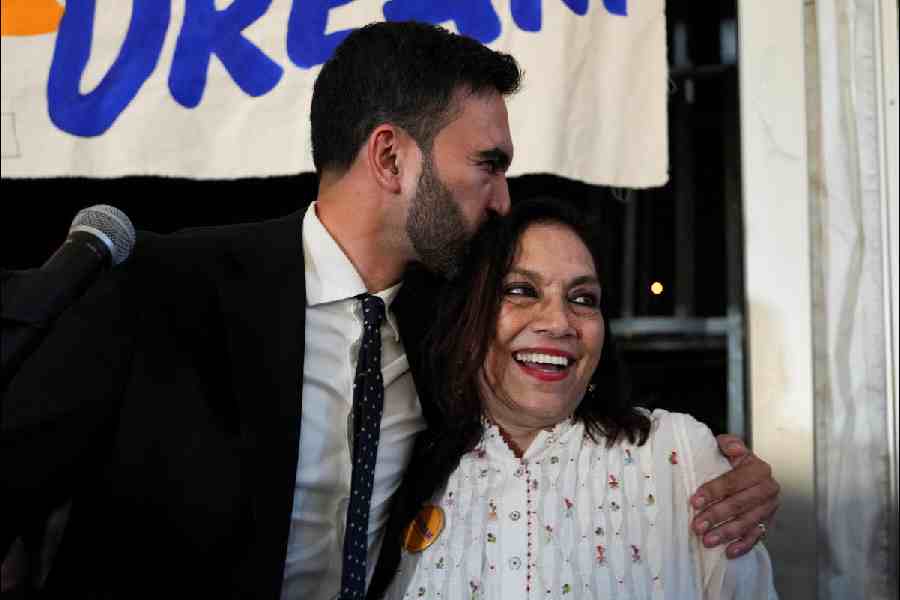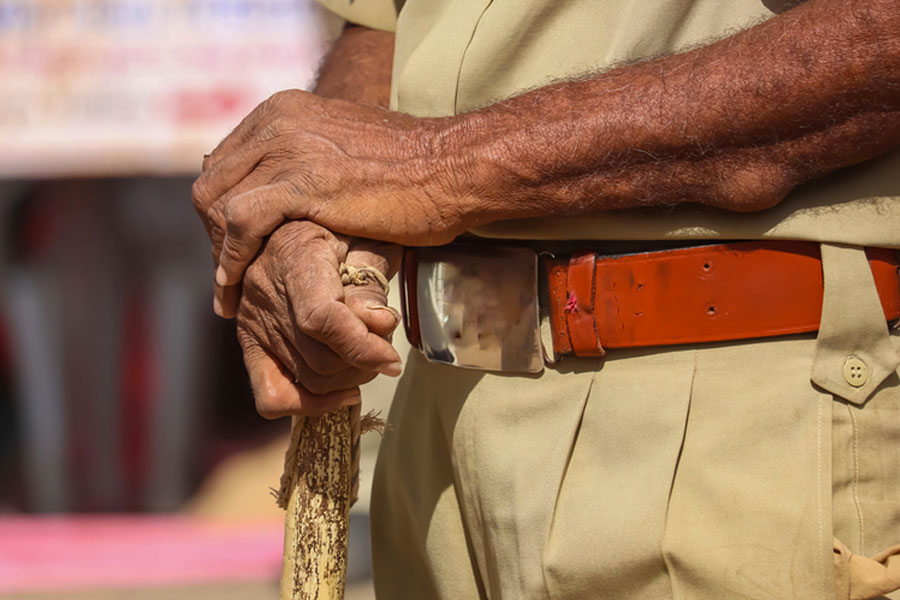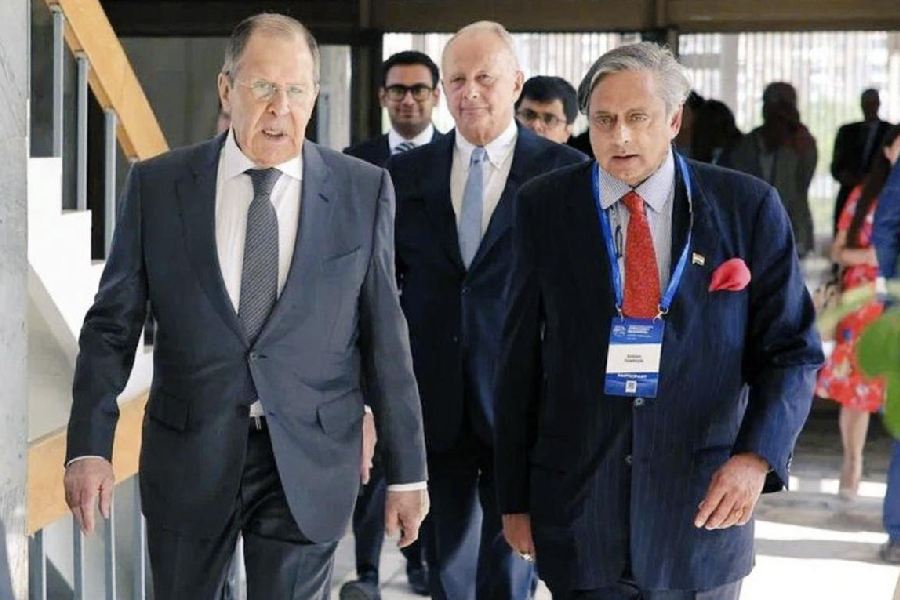
architecture convention.
(Bishwarup Dutta)
March 13: Architecture is not just about grand designs and beautifully laid-out buildings but also about affordable and low-cost housing, chawls, slums and ghettos. Colombian architect Alejandro Echeverri, the man behind the redevelopment of Medellin, showed how politics and reality could be overcome with inclusive development and social urbansim.
Delivering the keynote address at Connecting Histories: Shifting Cultures and Shrinking Collections - India's first architectural convention - jointly presented by Credai Bengal and the Indian Institute of Architects at the JW Marriott Hotel, Echeverri shared his experience of leading the implementation of the social urbanism strategy in the impoverished areas of Colombia's second-largest city.
The event, a part of the CIMA Awards: Kolkata Art Festival 2017, saw Echeverri speaking about how Colombia bore the brunt of the cross-current of drug trade.
In 1991, Colombia was rated the world's most violent city with 391 deaths per 100,000 inhabitants. The early 90s was when Echeverri was growing up. "We started protesting the violence as things needed to change through universities and NGOs. We needed transformation," he recalled. In 2003, Sergio Fajardo became the mayor of Medellin and closed the door to drug wars. Echeverri became a part of the administration.
Urban projects became the guide for reconnecting the city. A new transport strategy evolved and so did housing. "Streets and public spaces, that were earlier sites for strife, were transformed with cable car, housing, public schools, libraries and parks," the Harvard architect said.
Urban design became a vital tool to create spaces of mediation, dialogue and collaboration. "We still have problems in Medellin but the history of Medellin is the history of its people."









